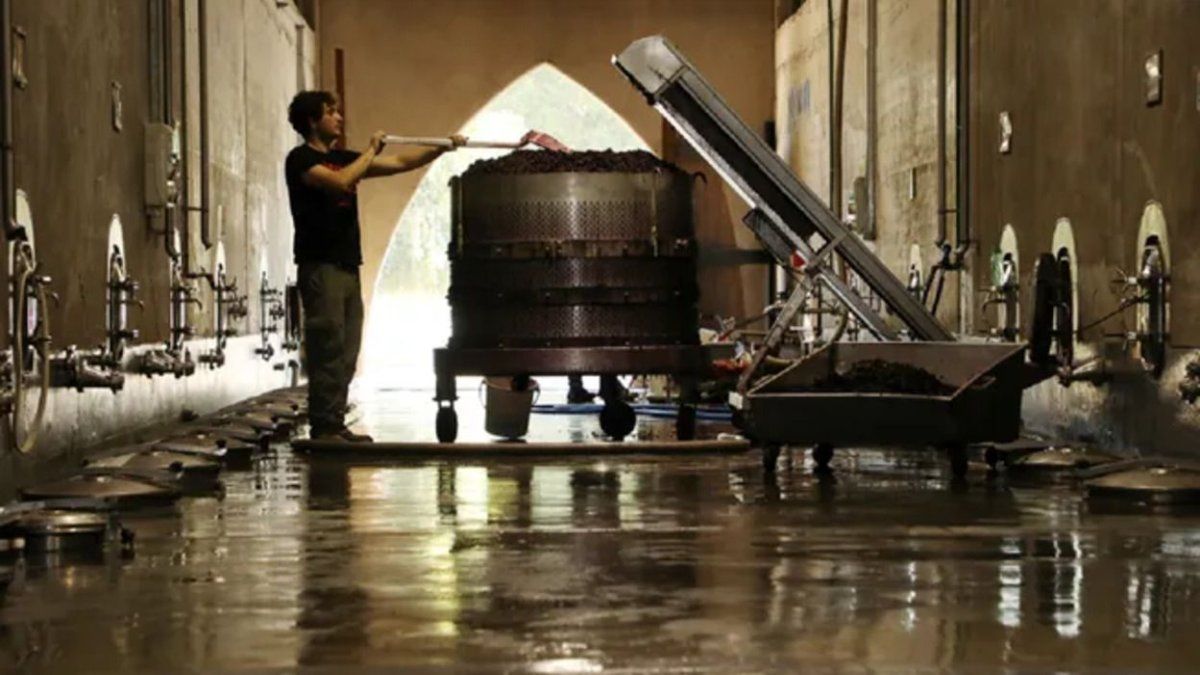Argentine wine lives a process of silent but deep transformation. Beyond labels and medals, many wineries are rethinking their business model, their way of communicating, selling and linking with the environment. It is no longer just about making a good wine – something that Argentina decades ago – but about generating proposals that connect, excite and be sustainable over time.
These wineries are marking the new course of the sector, combining tradition with contemporary vision. What are they doing different? What explains its success, even in complex economic contexts? Here, seven key factors:
Wine as an experience, not only as a product
The wineries stopped thinking about wine as an isolated consumption good. Today, wine is part of a broader universe that includes sensations, memories, landscapes and people. The proposals of wine tourism, the avant -garde architecture, the marity menus, the cultural events and hospitality are key tools to create emotional ties with the visitor and consumer.
This transformation implies a deep understanding of sensory and experiential marketing: it is sought that each contact with the brand – whether a visit to the vineyard or a glass served in a restaurant – is memorable. The bottle becomes an excuse to live something bigger.
Constant curiosity and entrepreneurial spirit
Innovating is part of the DNA of these wineries. They explore new vinification techniques, rehearse with jars, amphorae or prolonged youngs. They are encouraged to revalue little known varieties, to work at microParcelas or vinify in non -traditional areas.
In addition, they diversify their proposal with products such as artisanal vermuts, natural sparkling or experimental lines. In many cases, these decisions arise not only from the desire to create, but also to listen to the market and adapt to new demands, such as low alcohol wines, sulphites or organic certificates.
Communication that creates community
Communication is no longer reduced to a technical file or a photo of Viñedo. Bodegas that grow build coherent, humans and close stories. They use social networks not only as showcases, but as real exchange spaces. They tell stories, show behind the scene, share learning and connect with emotions.
This allows them to form communities of loyal followers, who not only buy, but participate, think and amplify the message. The storytelling – well done – becomes a strategic asset as valuable as a good terroir.
Multichannel and intelligent marketing
The direct sale grew, the e-commerce was professionalized, the wine clubs multiplied and the export became more selective and strategic. The wineries that best adapt are those that understand that there is not a single effective, but multiple sales channel, and that each one requires specific management, with data, segmentation and analysis of consumer behavior.
Today it is common for a winery to have its online store, participate in fairs, organize private tastings, sell in marketplaces and work with boutique importers. This commercial flexibility is key to survive and grow in volatile markets.
Diverse teams and permanent training
The idea of the Almighty winemaker gives way to collaborative work models. The wineries that lead this transformation assemble multidisciplinary teams with professionals in oenology, agronomy, digital marketing, hospitality, export, design and sustainability.
In addition, they invest in continuous training. They attend international fairs, organize internal training, collaborate with universities and encourage permanent learning. This approach generates an open, creative and adaptive organizational culture, vital to navigate uncertain scenarios.
Reinterpreted tradition with contemporary look
Many of these wineries have history, but do not live from the past. They revalue their legacy with current language: labels with minimalist design, visual campaigns designed for Instagram, inclusive narratives and an approach that prioritizes authenticity over prestige.
This reinterpretation is also reflected in the product: rescuing an old plot, wineing with ancestral methods or paying tribute to a family tradition can be as modern as a disruptive design label. The key is in the balance between memory and future look.
Commitment to the environment
It is no longer enough to say that it is “green.” The new wineries work with real environmental responsibility: organic certifications, rational use of water, clean energy, circular economy, waste management and biodiversity protection.
But there is also a social commitment: decent employment, training of local communities, alliances with producers from rural areas and promotion of territorial development. The wine thus becomes a positive impact tool beyond business.
Conclusion:
Argentina is building a new wine narrative, beyond Malbec and traditional marketing. A narrative that puts people in the center, the land, ideas and the emotional bond with the consumer. The wineries that grow today because they understand that wine is culture, territory, communication and, above all, experience. On that path, the country is strongly positioned on the global map of contemporary wine.
CEO Winexperts.
Source: Ambito
I am an author and journalist who has worked in the entertainment industry for over a decade. I currently work as a news editor at a major news website, and my focus is on covering the latest trends in entertainment. I also write occasional pieces for other outlets, and have authored two books about the entertainment industry.




